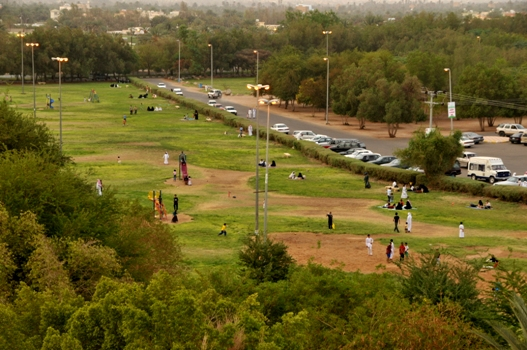Important natural landmarks - renains of najran city
Important Natural Landmarks:
Uruq Bani Ma‘arid:
Uruq Bani Ma‘arid is situated along the western edge of Ar-Rub‘ al-Khali, the Empty Quarter, which is widely considered the largest sand desert on Earth. With the world’s largest longitudinal sand dunes, overlying a dissected limestone plateau, and the southern end of the Tuwayq Escarpment. This protected area contains greater biological diversity than any other part of the Empty Quarter, with gravel plains, and inter-dune corridors. It is the last place that the Arabian oryx Oryx leucoryx is reliably reported to have been observed in the wild, and is now the focus of an intensive and successful reintroduction program for Arabian oryx, reem gazelle, Gazella subgutturosa marica, and idmi gazelle Gazella gazella. Ostrich eggshells are found in abundance in the area, and reintroduction of the ostrich Struthio camelus is under consideration.
King Fahd Park is considered one of the biggest Urban parks in the Kingdom. It is located in Rajla center east of Najran city, and combines green areas and trees. It is divided into two parts; one allocated for visitors, and the other for national and government occasions. The Najran province tourism festival opening ceremony is held in this park.
Mowah Park:
Located in Hadadah which is affiliated to Badr Aljanoub district, and it is a valley dense with Sidr trees which forms a beautiful landsdcape. It is visited by the locals of Badr Aljanoub and the other districts in the province; and covers an area of about 1 km2.

